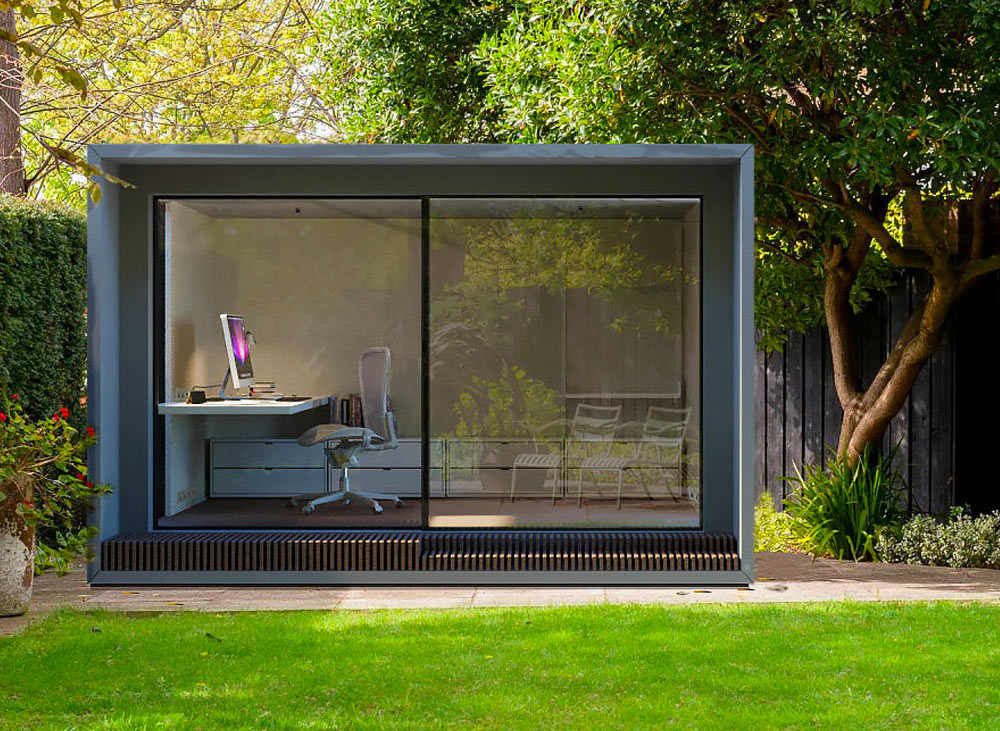Unlock the secrets of Garden Room regulations and avoid costly mistakes with our expert guide to planning permissions – essential knowledge for your dream outdoor space
Planning a garden room is an exciting venture that can add significant value to your property and lifestyle. However, navigating the complex world of planning permissions and building regulations can be daunting. This comprehensive guide will walk you through everything you need to know to ensure your garden room project stays compliant and stress-free.
Understanding Permitted Development Rights
Permitted Development Rights (PDR) allow homeowners to make certain improvements to their property without requiring formal planning permission. For garden rooms, these rights can be particularly advantageous, potentially saving both time and money. However, it’s crucial to understand that PDR comes with specific conditions. Your garden room must be single storey with a maximum eaves height of 2.5 metres and an overall height not exceeding 4 metres for dual-pitched roofs or 3 metres for other roof types. Recent statistics show that approximately 65% of garden rooms in the UK are built under PDR.
- The structure must not occupy more than 50% of your garden space
- It must not be used as self-contained living accommodation
- The building must be for purposes incidental to the enjoyment of the main dwelling
- If within 2 metres of a boundary, the whole building must not exceed 2.5 metres in height
When Planning Permission IS Required
Despite the flexibility of PDR, there are several scenarios where formal planning permission becomes mandatory. Understanding these situations is crucial to avoid potential legal issues and costly modifications later. According to recent data, around 30% of garden room projects require full planning permission. You’ll need to apply for planning permission if:
- Your property is in a conservation area or Area of Outstanding Natural Beauty
- You plan to use the garden room for business purposes with regular client visits
- The building will be used as sleeping accommodation
- Your garden room exceeds PDR size limitations
- You live in a listed building
Height and Size Restrictions
Size restrictions are fundamental to garden room regulations, and careful consideration of these limitations is essential during the planning phase. The maximum allowed dimensions under PDR vary depending on your property type and location. For most standard properties, the key measurements are:
- Maximum height: 4 metres for dual-pitched roofs, 3 metres for other roof types
- Maximum eaves height: 2.5 metres
- No more than 50% of the total area of land around the original house
- Maximum footprint: Usually up to 30 square metres without building regulations
Building Regulations Compliance
Building regulations ensure the safety and quality of construction projects. While many garden rooms fall outside their scope, certain factors trigger the need for building regulations approval. Recent industry reports indicate that approximately 40% of garden rooms require building regulations compliance. Key considerations include:
If your garden room is larger than 30 square metres, contains sleeping accommodation, or will be used year-round, building regulations likely apply. This includes requirements for insulation, ventilation, structural integrity, and electrical safety. Professional installation of utilities such as electricity must be certified by qualified contractors.
Special Considerations and Restrictions
Several special circumstances can affect your garden room project’s planning requirements. Properties in conservation areas face stricter controls, while listed buildings require listed building consent alongside any necessary planning permission. Statistics show that 25% of garden room applications in conservation areas face initial challenges. Key factors to consider include:
- Boundary agreements with neighbours
- Tree preservation orders
- Rights of way and access considerations
- Impact on protected species or habitats
- Flood risk assessments in relevant areas
Common Planning Permission Myths
There are numerous misconceptions about garden room planning requirements that can lead to costly mistakes. Let’s debunk some common myths:
- Myth: All garden rooms need planning permission
- Myth: If neighbours don’t object, planning permission isn’t needed
- Myth: Garden rooms don’t count towards property development limits
- Myth: Business use always requires planning permission
- Myth: Building regulations never apply to garden rooms
Professional Surveys and Documentation
Proper documentation is crucial for any garden room project, whether requiring planning permission or not. Essential surveys and documents might include:
- Site plans and elevation drawings
- Structural calculations
- Tree surveys if relevant
- Environmental impact assessments
- Design and access statements
Working with Planning Officials
Establishing a positive relationship with planning officials can significantly smooth the application process. Research shows that pre-application consultations increase approval rates by up to 40%. Maintain open communication, respond promptly to queries, and consider their feedback seriously. Professional planning consultants can often help navigate complex cases effectively.
Making Your Application Successful
When submitting a planning application, attention to detail and thorough preparation are essential. Successful applications typically share these characteristics:
- Clear, detailed drawings and plans
- Comprehensive supporting documentation
- Strong justification for the project
- Consideration of neighbour impact
- Compliance with local planning policies
Next Steps and Implementation
Once planning considerations are addressed, focus on implementing your garden room project effectively. Create a detailed timeline, select qualified contractors, and ensure all necessary certifications and insurance are in place. Industry data suggests that well-planned projects are completed 30% faster than those with poor initial preparation. Remember to:
- Obtain written confirmation of planning status
- Secure necessary building regulations approval
- Arrange professional installation of utilities
- Schedule regular project management meetings
- Keep neighbours informed of construction timeline
By following this comprehensive guide and ensuring compliance with all relevant regulations, you’ll be well-prepared to create your perfect garden room while avoiding potential legal and practical pitfalls.
FAQ
What are the calming colors for gardens?
Dark colors, like blue, purple and pink, tend to create a calming and serene atmosphere and will appear cool in even the worst heat. Dark tones are perfect for creating a sanctuary, where you can go to unwind and de-stress from the chaos of life.
What are the feng shui colors for gardens?
When you plant your garden in Feng Shui colors, you activate the specific energy of each. For example, flowers in reds, oranges, and yellows increase active energy, while those in tones of blues and purples calm you. Plant red, orange, and purple flowers, then add an outdoor fire pit and lanterns.
What are the summer colors for landscape?
Let a palette of rich jewel tones and vibrant sunset hues like red, coral-orange, butterscotch, lilac and blue-green inspire the plantings for your summer garden beds. Together, these hot colors really shine in the evening, when the late sunshine illuminates the color-saturated blossoms, making them glow.
What are complimentary garden colors?
Complementary Colors Examples of complementary color pairs include yellow and purple, orange and blue, and red and green. Using complementary colors in the garden conveys boldness, energy and excitement.
What shade of green makes a room look bigger?
Light green is an amazing vibrant color that pairs well with white to create a more open space. It can add a really nice modern touch to a room, making the whole room look more inviting and calmer.
Sources
[1] https://www.countryliving.com/uk/homes-interiors/interiors/g99/conservatories-garden-rooms/
[2] https://www.chezpluie.com/blogs/news/six-beautiful-garden-room-ideas
[3] https://intothegardenroom.com/garden-room-furniture-ideas/


